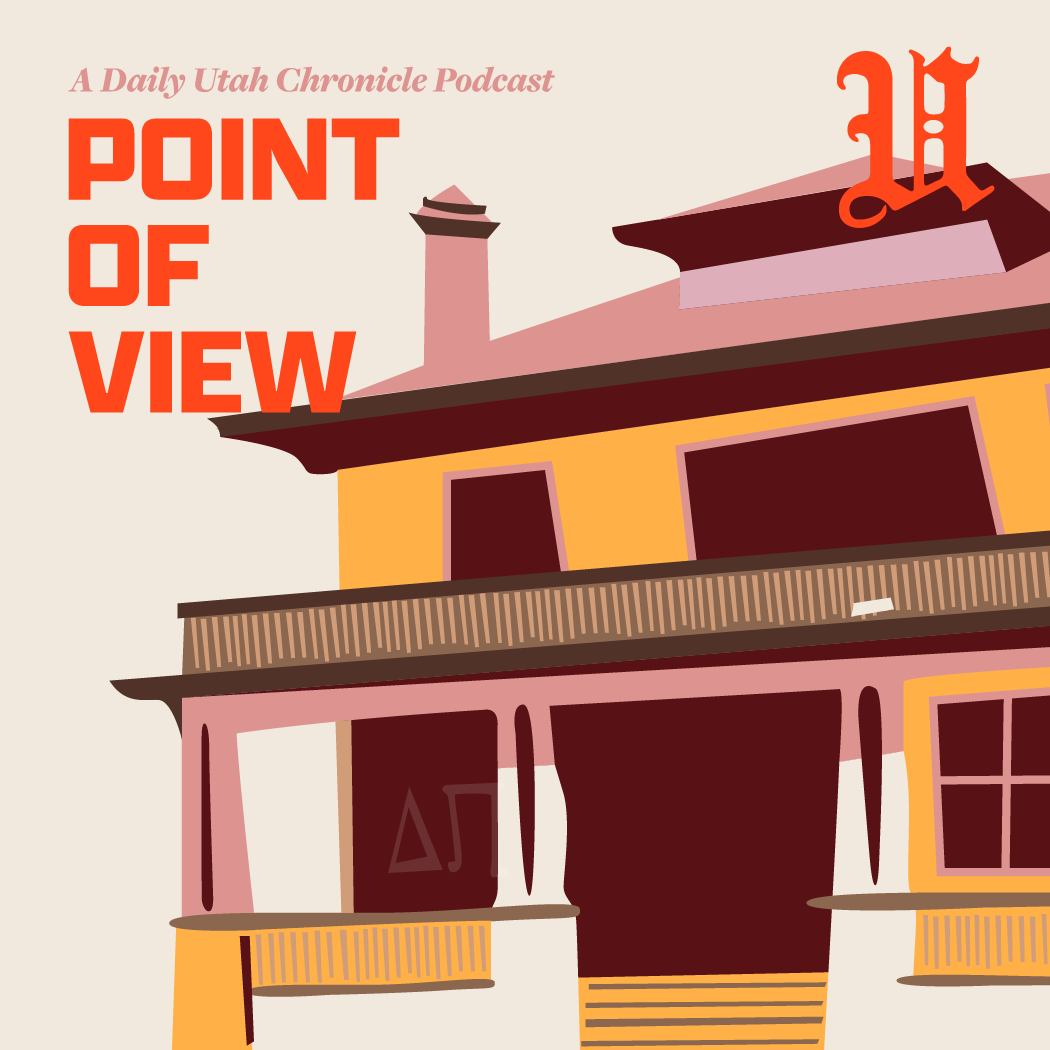I like to think that if someone holding a knife approached you on the street and said, “Do you think I should cut off your big toe? Yes, or no?” your immediate response would sound something like, “Get away from me you crazed, knife-wielding maniac!”
If, on the other hand, that same person happened to be a medical professional and prefaced his statement with, “In order to save your leg, we might have to remove your big toe?” I hope you would have enough sense to at least consider the amputation.
The student health-insurance debacle currently plaguing our campus is like a big, gangrenous toe: It’s infected and beginning to stink. If we don’t do something about our decaying system, the infection will spread until we can’t even save the leg. We’ll have to simply amputate and hope for the best.
According to our own Student Health Advisory Committee, the university health-insurance policy is in danger of failing within a few years, with possible rate hikes of as much as 40 percent. Of the nearly 1,500 undergraduate students currently enrolled in the system at nearly $1,000 per year, this would mean a $400 increase. No small chunk of change. Plus, coverage would decrease while premiums increase, leaving students on the short end of an already short stick.
Why the heavy increase? College students tend to contribute more to uncompensated health care than any other age demographic. According to the advisory board, in 2001 nearly 700,000 emergency room visits were attributed to college-age students alone. That means that the medical field, including insurance providers, is losing money on us in a big way.
In order for insurance companies to function, therefore, they have to charge higher rates to cover the costs incurred by uninsured students. The university’s insurance provider, GM Southwest, has already upped the rate by 6 percent for the 2006-2007 academic year, even with the foreknowledge that the university is considering a “hard-waiver” system, requiring enrolling students to provide proof of insurance before admission.
Even the “soft waiver” system going into effect this fall, requiring registering students to report whether or not they are insured, is merely a cosmetic Band-Aid-it makes the toe look nicer but will do nothing in terms of fixing the problem.
From our end, we need to fill the pool of students participating in the program in order to be cost-effective. From the insurance provider’s perspective, a simple “Yes/No” question on registration forms means nothing. Both parties want as many students participating as possible. In exchange, the company would receive more money than it exhausts, and students would be provided with better coverage and cheaper rates.
The only possible scenario in which this mutually beneficial exchange could occur now is a return to the hard waiver. As of 2002, upward of 90 percent of private universities and 25 percent of public universities required some sort of proof of insurance, which shows just how sweeping this epidemic is.
But where many would argue that the university stands as a “bastion of freedom” not willing to yield to “the man,” we’re just stubbornly refusing to fix the problem, waiting for it to become irreparable or for someone else to deal with it.
Even in our glorious independence, if left unchecked, this insurance infection will become critical before we can even say “Hell no?.”











